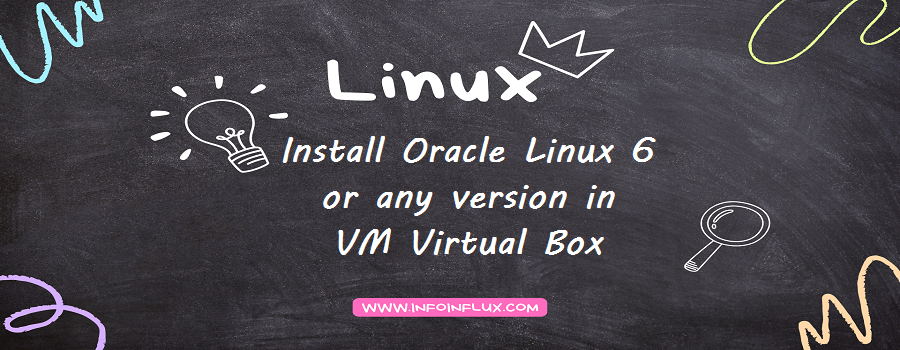Linux Directory Structure
Introduction In the vast realm of Linux, understanding the directory structure is to comprehending the blueprint of a city. Just as every building has its specific purpose, every directory in Linux serves a distinct role. In this blog, we’ll dive into the intricacies of the Linux directory structure, shedding light on its organization and significance. …







